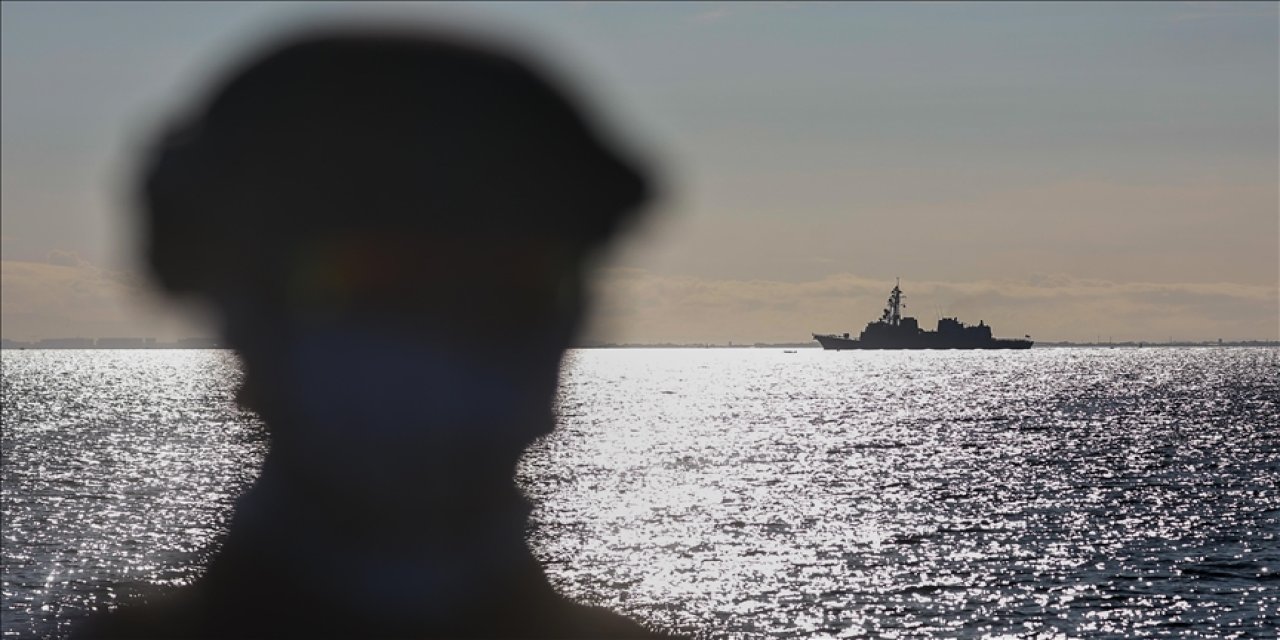
Historical buildings in Morocco suffer significant damage due to quake
Moroccan expert calls on UNESCO to send delegation to determine extent of destruction in wake of major quake
By Soukaina Esdar, Safiye Karabacak and Halime Afra Aksoy
MARRAKESH, Morocco (AA) – In addition to taking thousands of lives, the deadly earthquake that hit Morocco on Sept. 8 caused extensive damage to many cities, including some mosques and cultural heritage sites dating back nearly a millennium.
Damage assessment work has started in many regions, especially in Marrakesh, which was the capital of the Moroccan state for centuries and is also on UNESCO’s World Heritage List.
Hassan Taouchikht from the National Institute of Archaeology and Heritage told Anadolu that the earthquake is considered a major disaster because it not only affected people, animals, and houses but also damaged urban and historical monuments.
“These artifacts can be classified into three categories: the heritage of humanity, the heritage of the Islamic world, and national heritage, which means that they have been registered as World Heritage by UNESCO,” Taouchikht said.
“All artifacts that were affected and partially or completely destroyed are historical and archaeological losses,” he said. “Words are not enough to describe these losses.”
Morocco was struck by a magnitude 7 earthquake on Sept. 8, killing nearly 3,000 people and injuring thousands, according to official figures.
Marrakesh, 72 kilometers (45 miles) from the epicenter of the quake, Morocco’s strongest in a century, suffered some damage in its ancient Madinah quarter.
- Call on UNESCO to send delegation to region
Noting the need to restore, maintain, and improve these historical buildings so that they continue to bear witness to the splendor of Moroccan civilization, Taouchikht called on UNESCO to send a delegation to the region to determine the extent of the destruction, to intervene and take responsibility for the situation.
According to Taouchikht, the Moroccan government should also undertake the restoration of cultural heritage sites in the Taroudant, Ouarzazate, and Chichaoua regions.
Noting the difficulty of damage assessment due to the large number of these historical monuments, he said important historical landmarks of national heritage were also affected by the quake. These landmarks need to be restored, he said.
- Marrakesh's Old City
The earthquake caused numerous collapses in the Old City around Marrakesh's most important landmark, Jemaa el-Fnaa Square.
The famous historical minaret in the center of Jemaa el-Fnaa Square collapsed due to the tremor.
Residents of the region took to the side streets to protect themselves from the damage that could be caused by aftershocks.
- Gate of Debbagh
The Old City in Marrakesh is surrounded by fortifications with gates dating back thousands of years.
The Gate of Debbagh is one of the most famous gates opening to the narrow streets of the historical city.
The gate is said to have been built in the year 1147 during the reign of the Almohad Caliphate, a Berber dynasty that ruled for a time in North Africa and Andalusia.
The gate takes its name from the artisans, also known as tanners, who had shops nearby, where raw leather or furs were seasoned and used in Marrakesh.
- Mellah neighborhood
The Mellah neighborhood, also known as Mellah de Marrakesh, formerly known as Hay Essalam, is the Jewish quarter of the city that dates back to 1557, during the reign of Saadi Sultanate, an Islamic dynasty ruling in Morocco.
After the earthquake, rubble covered the alleys of the historic neighborhood as old buildings collapsed, the roofs of houses were damaged, and cracks appeared on the walls. Residents of the neighborhood spent the first night after the earthquake outside their homes due to possible tremors.
- Tinmal Mosque
Located in the city of Tinmal, the mosque was built in 1148 during the reign of Abd al-mu’min, the founder of the Almohads, and was in good shape for nine centuries. However, the mosque suffered significant damage after the latest quake.
- City wall of Taroudant
The city walls of Taroudant, one of the most important historical monuments of Morocco, are known as the third-largest wall in the world in terms of size.
The construction of the wall surrounding the city of Taroudant dates back to 1515. The city, which towers 7 to 10 meters high (23-33 feet) and is 7-8 meters (22-26 feet) wide and about 8 kilometers (around 5 miles) long, has historically protected the city from military attacks.
The construction of the city wall was not based on a single state or dynasty. The historic edifice that surrounds the city stands as an architectural achievement, with contributions from the many dynasties that ruled Taroudant.
- Agadir Ofella Kalesi
The last pictures of Agadir Ofella Castle, one of the landmarks in the city of Agadir in the central part of the country, went viral on social media after the earthquake.
The photos show that part of the historical castle collapsed due to the earthquake.
The last quake was not the first earthquake that the city of Agadir and the castle have witnessed. The historic city was also badly damaged by an earthquake in 1960.
Kaynak:![]()
This news has been read 634 times in total









Türkçe karakter kullanılmayan ve büyük harflerle yazılmış yorumlar onaylanmamaktadır.